America’s Talent Strategy: Building the Workforce for the Golden Age is a framework released in August 2025 by the Trump Administration to equip American workers with skills for future industries, boost national competitiveness, and expand economic opportunity.
The strategy is built around five core pillars:
- Industry-Driven Strategies
- Worker Mobility
- Integrated Systems
- Accountability
- Flexibility and Innovation
The new framework presents a vision for how the current administration aims to transform the federal government’s approach to workforce development. The strategy defines five strategic pillars that it hopes will equip American workers for the future of work. Additionally, a key tenet of the report shows how our country intends to fight the rise of artificial intelligence within the labor market.
What else does the framework entail? We break down each pillar below:
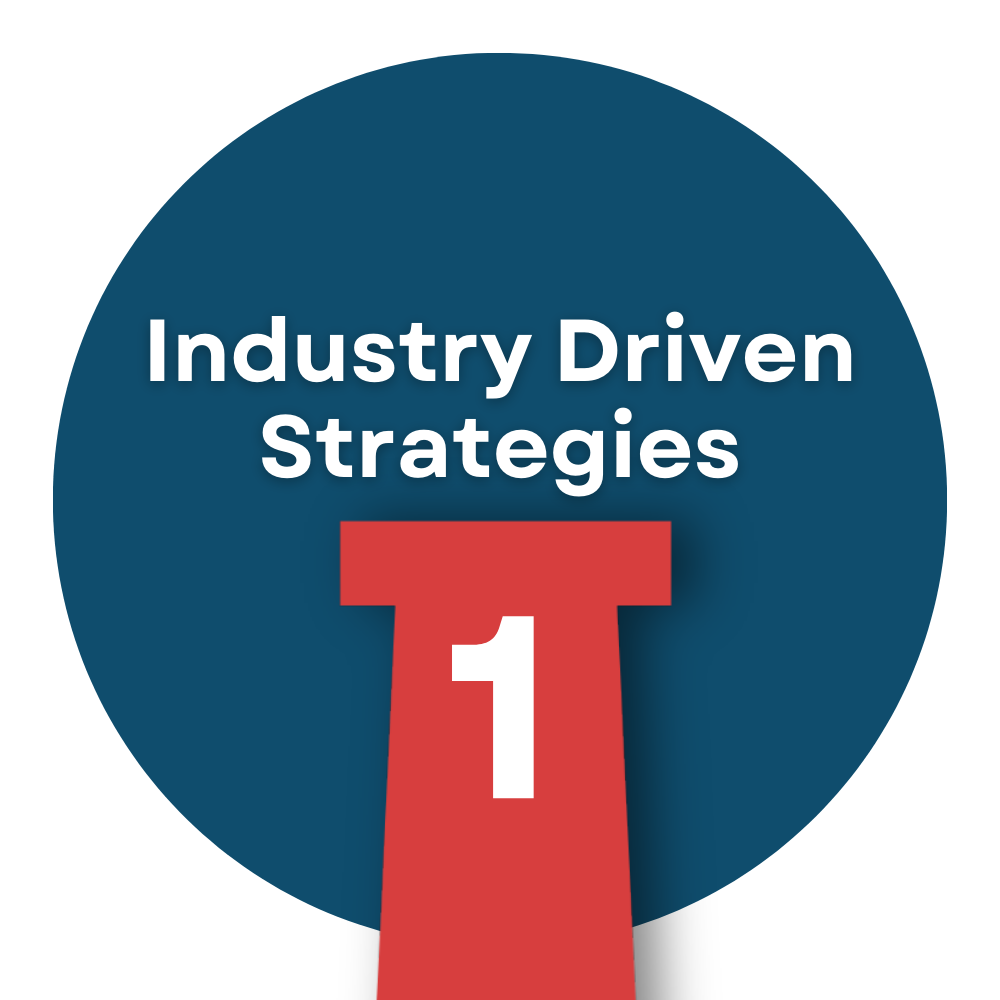 Increased Focus on Skills Development and Work Based-Learning
Increased Focus on Skills Development and Work Based-Learning
An important part of the new framework is co-designing training and apprenticeship programs. In a recent episode of the VOScast Podcast, a show produced by Geographic Solutions in partnership with Workforce180, guest Ron Painter, Principal at Forbes Field Associates, spoke about the importance of skills development and the creation of training programs, especially at the local level.
“We think that it’s going to take tighter collaboration among partners in a region to deliver workforce services and to deliver skill development,” said Painter, on the importance of finding regional partners to create new programs. “It’s going to take all of those organizations in a region to produce that skilled labor force.”
Registered apprenticeships and other work-based learning models will share an equal part of importance in this pillar. Since 2015, the number of apprenticeship opportunities in the U.S. has grown by almost 89%, reaching 678,014 active apprentices in 2025. Maryland, Tennessee, and Missouri, to name a few states, have harnessed the power of apprenticeships in a variety of industries.
In 2022, renewed interest in the practice of apprenticeship had started its ascent towards prominence in employment trends. In February of that year, Geographic Solutions hosted a Pathways to Employment webinar that featured several notable experts in the field, including Indiana Department of Workforce Development’s Associate Chief and Executive Director of Business and Community Engagement, Darrel Zeck.
“Apprenticeships have gained prominence nationally as more employers are recognizing the significance of engaging with the education system to fill their talent needs,” said Zeck, when asked about the impact of work-based learning programs across the Hoosier state at the time.
Zeck’s perspective was later included in a 2024 case study that further examined the apprenticeship’s inclusion in a new era of workforce development.
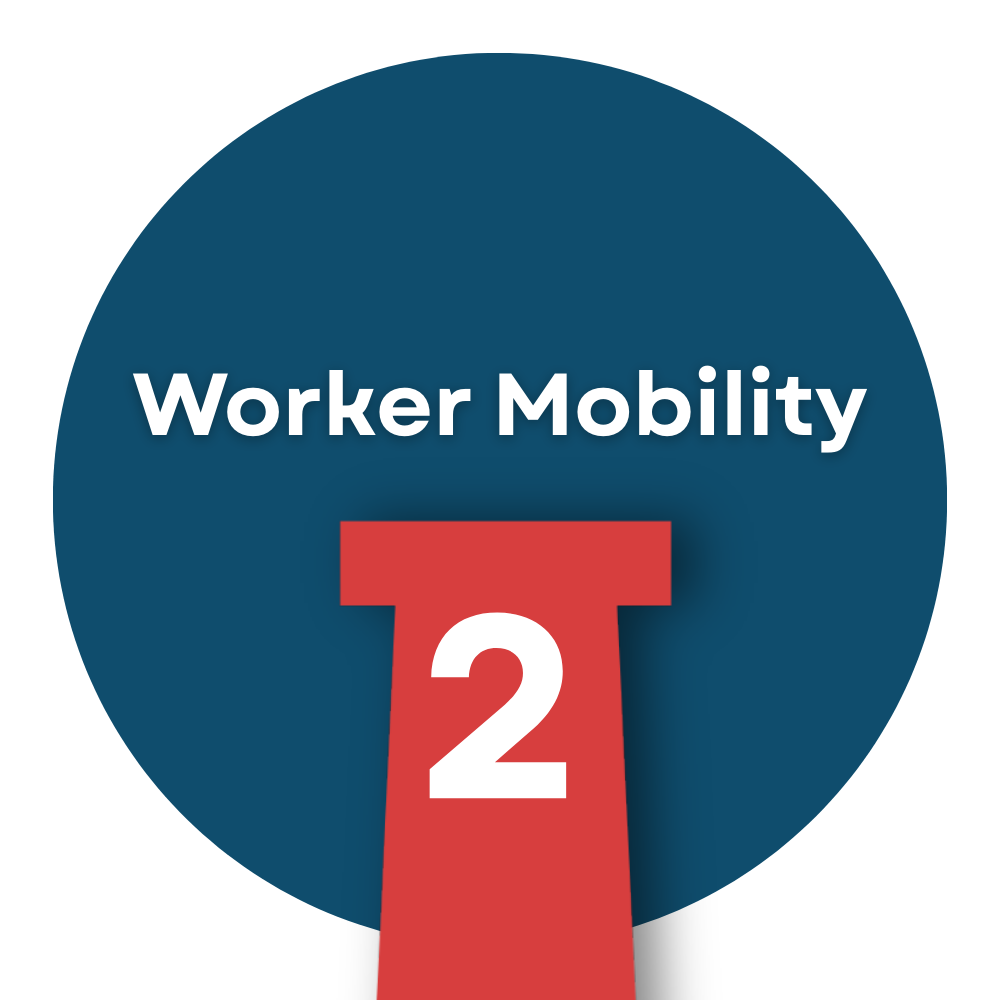 An Effort to Mobilize Workers
An Effort to Mobilize Workers
Pillar two of the framework hinges on the critical need for more Americans to be brought into the labor force. It calls for an alternative to the college-for-all approach. And while this pillar is seemingly targeted towards Americans who are reentering the workforce from unemployment or underemployment, another group that should be considered when talking about upward career mobility are those coming home from incarceration.
The North Carolina Department of Adult Correction’s Workforce Development Manager, Torrey Leach, is part of a collaboration between two teams working to provide opportunities to this group of workers before leaving jail or prison. NCJET, or North Carolina Jobs Exploration in Transition, is the employment system that is the fruit of this collaboration. All of this is part of an effort to provide upward mobility for reentry.
“To me, successful reentry means more than just not recidivating,” said Leach in a recent Pathways to Employment webinar. “It means stability, purpose, and community connection.”
Programs that assist veterans as they reenter the civilian workforce highlight the importance of worker mobility. In a similar vein to the work being done by the NC Department of Adult Correction, Chris Silvers serves as a Regional Analyst at the NC Department of Commerce, Division of Workforce Solutions, where he facilitates connections between employers and veterans. Not only is Silvers a veteran of the U.S. Armed Forces, he works closely with programs, such as the state’s Hire Vets Medallions Program, where employers can signify in job listings that they are veteran friendly.
“We list these employers, as well as the job orders on NCWorks.com, so that veterans can see right which ones are veteran friendly right off the bat,” said Silvers.
As new resources become available, Silvers’ team adds them to the website, updating links and adding new employers on a regular basis.
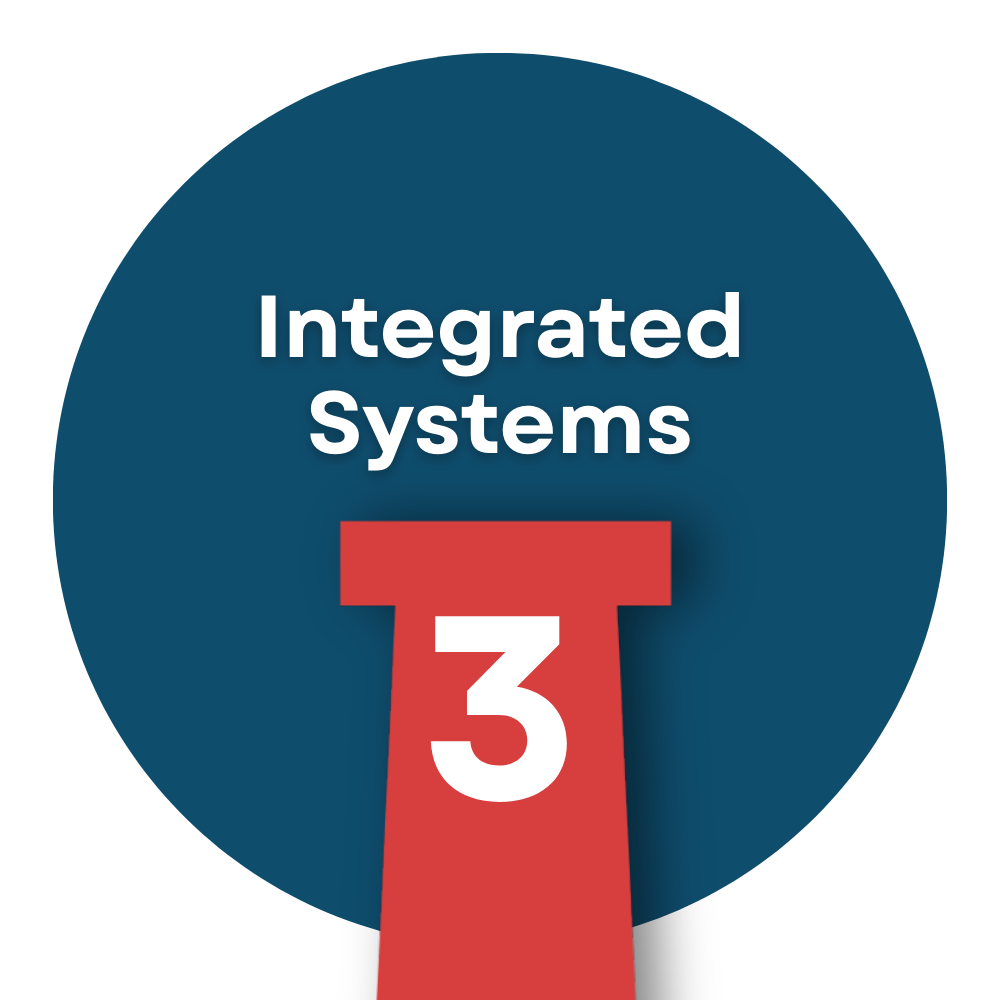 Bringing Together Disparate Information
Bringing Together Disparate Information
Integrated systems that streamline and coordinate what the report calls a fragmented web of duplicative programs will be a best practice of the future, according to the new framework.
In 2022, Nebraska became the first state to fully integrate their labor exchange, labor market information, unemployment insurance benefits, tax, and appeals operations into one singular system for heightened accountability and efficiency.
At the time of the launch, Governor Pete Ricketts had this to say: “Our state’s job creators will benefit from having one primary platform where they interact with the Department of Labor rather than navigating multiple websites and systems.”
Iowa has also integrated its workforce and unemployment insurance services, the result of which has led to shortened unemployment durations, a boost in Iowa’s available workforce, and savings to employers in the form of lower unemployment tax rates. At the end of 2024, Iowa ranked third in the nation for the shortest average unemployment claim durations.
In California, a partnership between the California Prison Industry Authority (CALPIA) and the California Employment Development Department (EDD) yielded the Entry to Employment (E2E) Network. This partnership is part of larger integration with the state’s labor exchange system, CalJOBS.
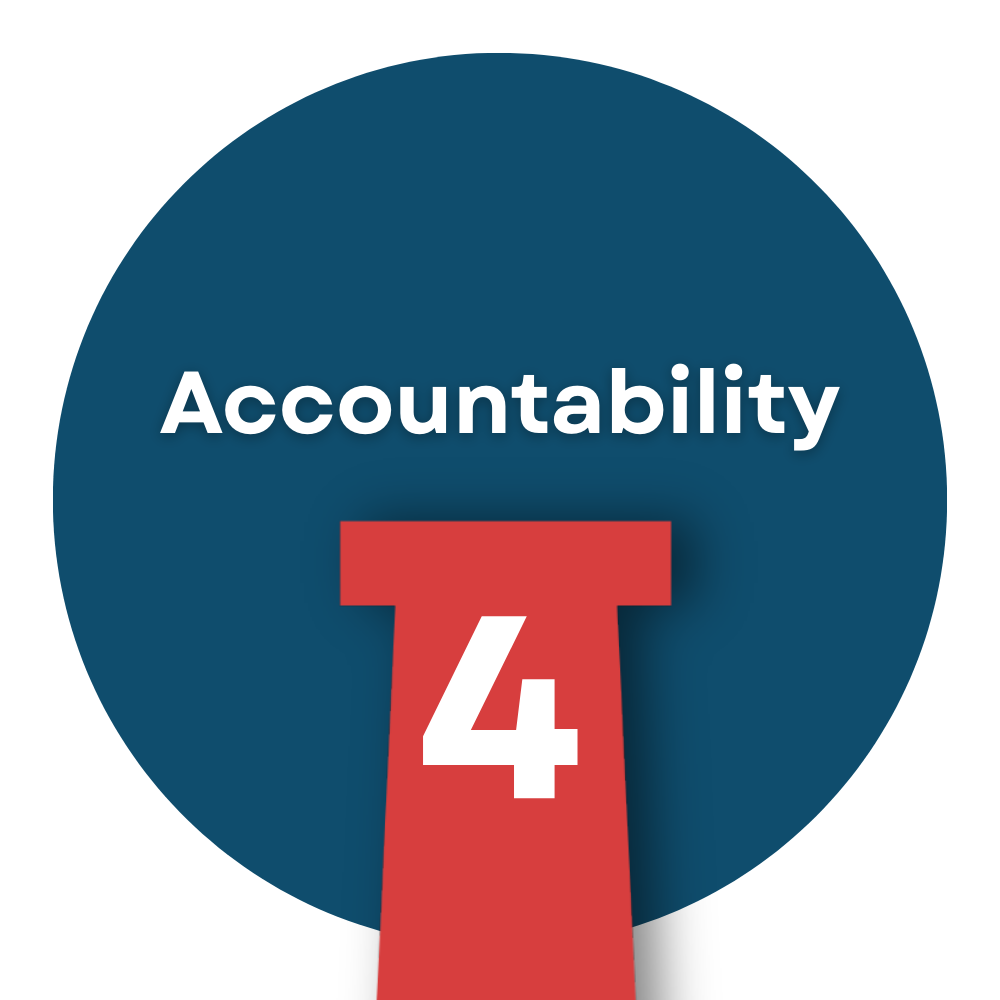 Creating a Level of Accountability Through Reporting
Creating a Level of Accountability Through Reporting
The fourth pillar of the new strategy involves being able to measure results through accountability. Because many programs are funded by taxpayers, this part of the framework aims to ensure training leads to results. Liliya Tanska, Workforce Business Analyst Team Lead for Geographic Solutions’ Reporting Team, described back in 2024 on an episode of the VOScast Podcast why reporting is a critical piece when talking about accountability for workforce programs.
“All of our clients use our reporting services for their strategic planning, for their performance monitoring, and also for understanding and assessing data or program information to improve various aspects of the services they provide,” said Tanska.
Tanska mentioned that she has seen a higher demand in recent years from not only frontline staff members, but senior-level leaders as well, especially when examining how programs are performing, year after year.
“They want to track them and see how those services were utilized and what effect they had on that client. Have they obtained employment, and have they retained in years or business quarters.”
Tanska estimated that in products such as VOS Sapphire AI, there are more than 180,000 different types of reports, when taking into consideration the many ways a user can filter reports.
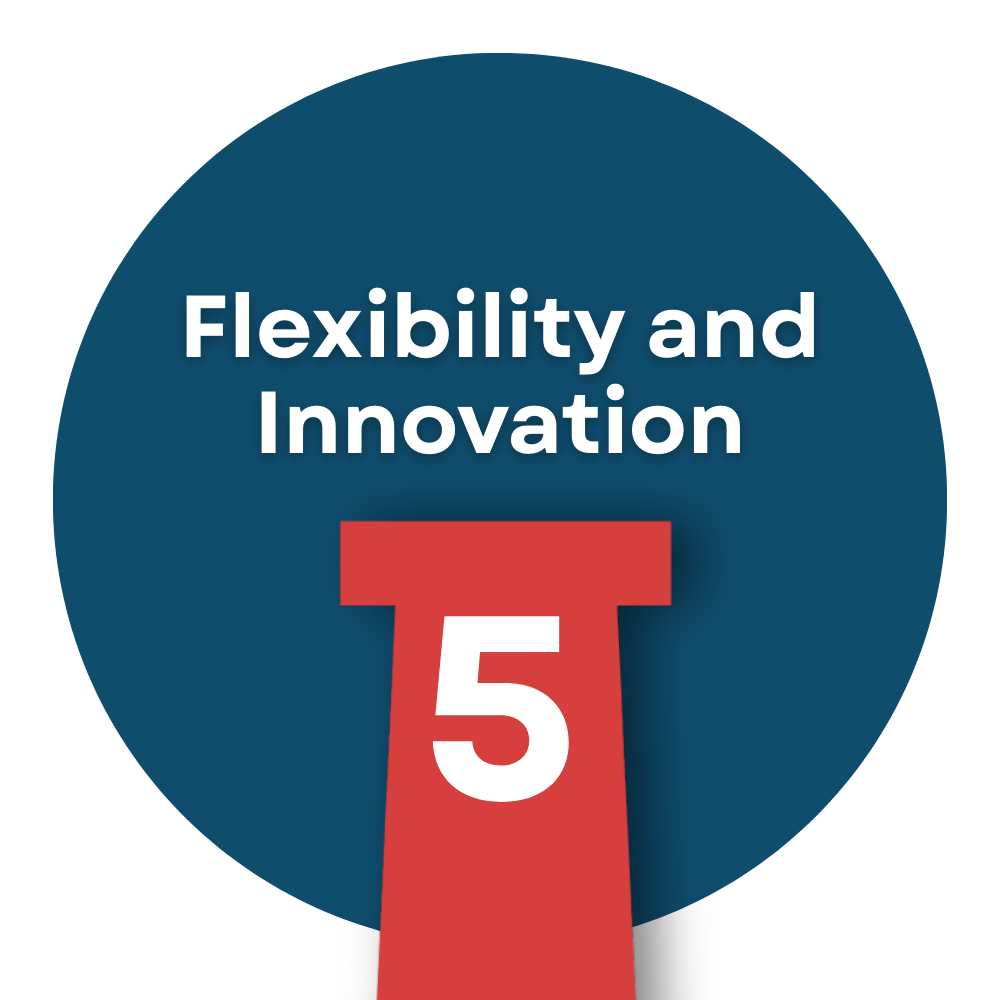 Prioritizing AI Literacy
Prioritizing AI Literacy
This part of the new framework to bring Americans and the labor market into the golden era has the most focus on AI. The report notes that new models of workforce innovation must be created to match the speed and scale of AI-driven economic transformation. The pace of innovation around AI will require new skills, greater agility, and investment in AI literacy.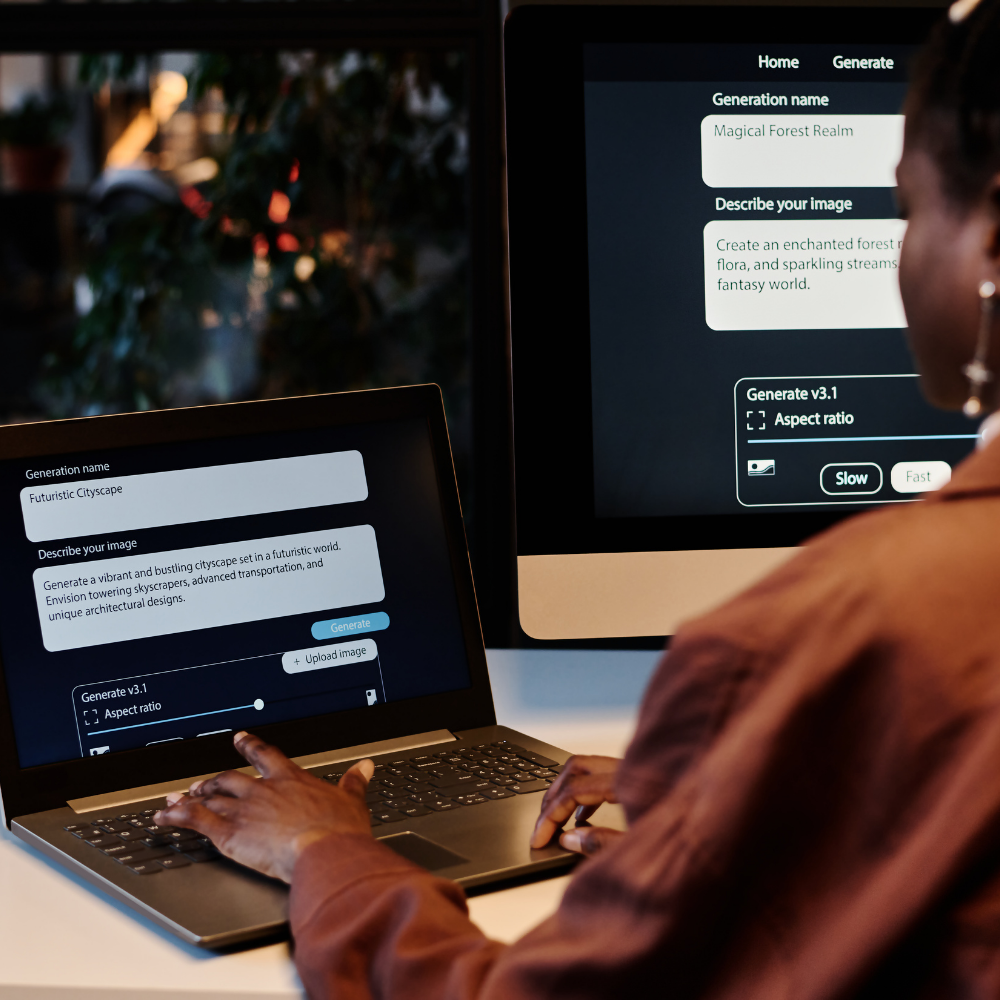
For Geographic Solutions, the infusion of AI into the VOS Sapphire platform has already led early adopters to see impressive results. Georgia deployed VOS Sapphire AI in December 2024, and Texas followed suit in March 2025. The number of résumés created with generative AI has increased by 70% since then, with a 74% increase in the number of résumés improved using generative AI. In April 2025, VOS Sapphire AI generated more than 2,300 new résumés and enhanced 3,100 others for both staff members and job seekers.
“AI integration has delivered a measurable impact across our workforce programs in Georgia,” said Damon Weller, Assistant Commissioner at WorkSource Georgia, as quoted in Microsoft’s case study that examined the effectiveness of Azure OpenAI.
Entering America’s Golden Hour
As the Trump Administration implements this framework, leaders in workforce development must keep an eye on trends. How will apprenticeship and work-based learning increase or decrease in year-over-year change? Will worker mobilization programs centered around veteran services and reentry employment initiatives thrive? Does a decreased reliance on ‘college for all’ necessarily mean that less individuals will end up attending universities?
And how will the labor market respond to the fast-paced march of AI? Recent reports from Axios and Fortune paint a stark picture. On the other hand, CNBC’s recent reporting on the subject shows less job elimination and more job evolution.
In terms of this new talent strategy framework, reactions have been mixed, with some praise for its forward-thinking goals, and some criticism mainly centered around concerns with implementation, funding, and the potential impact on existing programs.
However this next strategy shakes out, count on Geographic Solutions to be ready to accommodate and be ahead of change. Our VOS Sapphire software suite is constantly evolving to support organizations across the U.S. with meeting new federal guidelines and embracing the future trends of work.